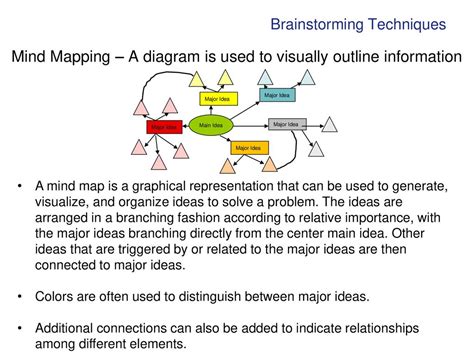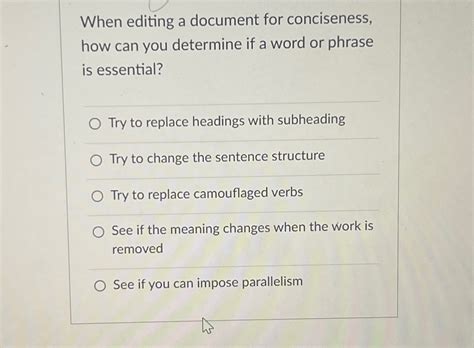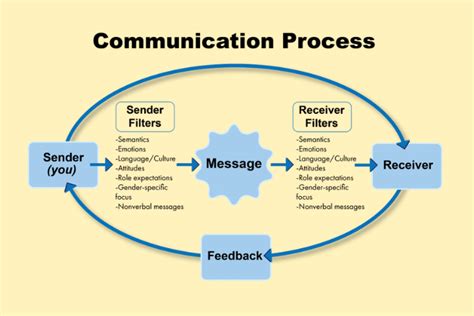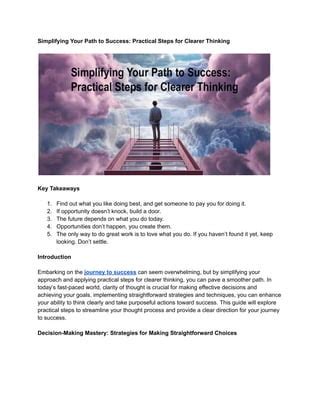The Art of Clarity: Taming Complex Ideas for Impactful Communication
In a world overflowing with information, the ability to communicate complex ideas with clarity and conciseness is not just a skill—it’s a superpower. Whether you’re writing a scientific paper, a business proposal, or a simple email, the goal remains the same: to ensure your message is understood effortlessly. But how do you distill intricate concepts into digestible, engaging prose without losing their essence?

Why Clarity is King: The Pitfalls of Obscurity
Many writers inadvertently obscure their message by assuming their audience shares their depth of knowledge. This leads to jargon-laden sentences, convoluted structures, and an overall sense of ‘insider baseball’ that alienates readers. The consequence? Your message gets lost, your credibility wanes, and your impact diminishes. Clarity, conversely, builds trust, fosters understanding, and amplifies your voice.
Know Your Audience Inside Out
Before you even begin to write, consider who you’re speaking to. What do they already know? What do they need to know? What are their concerns? Tailoring your language, examples, and level of detail to your audience is the first, most critical step in simplification. An expert audience might appreciate nuanced detail, while a general audience will need foundational explanations and simpler analogies.
Find the Core: What’s the Single Most Important Point?
Every complex thought or argument usually boils down to a fundamental core. Identify this central message. What is the ‘so what’? If you can’t articulate your main point in a single, clear sentence, you haven’t simplified it enough. This core idea will serve as your guiding star, ensuring every subsequent sentence and paragraph supports it without deviation.

Strategies for Deconstructing Complexity
Outline and Structure Rigorously
A well-structured piece of writing is inherently clearer. Before writing, create a detailed outline. Break your complex idea into logical sections, using headings and subheadings to guide your reader through the argument. Each section should have a clear purpose and build upon the last. Think of it as constructing a roadmap for your reader.
Eliminate Jargon and Technicalities (or Explain Them)
Unless you’re writing for a highly specialized audience, purge your writing of unnecessary jargon. If technical terms are essential, define them simply and immediately. Always choose the plainest possible word that conveys your meaning accurately. Why say ‘utilize’ when you can say ‘use’? Why ‘endeavor’ when you can ‘try’?

Techniques for Concise Expression
Prefer Active Voice Over Passive Voice
Active voice makes your sentences more direct, vigorous, and easier to understand. Compare “The report was written by the team” (passive) with “The team wrote the report” (active). The latter is immediately clearer and more impactful.
Break Down Long Sentences and Paragraphs
Long, winding sentences often bury the main point. Aim for shorter, punchier sentences. Similarly, paragraphs should be digestible, typically focusing on one main idea. If a paragraph runs on for more than 5-7 lines, consider breaking it into two or more. This improves readability and provides visual breaks for the reader.

Edit Ruthlessly for Redundancy and Wordiness
This is where the real magic happens. After drafting, review your work specifically for conciseness. Look for:
- Redundant phrases: “true fact” (facts are true), “past history” (history is past).
- Unnecessary qualifiers: “very important,” “really unique.”
- Filler words: “in order to,” “due to the fact that,” “it is important to note that.”
- Nominalizations: Turning verbs into nouns (e.g., “make a decision” instead of “decide”).
Every word should earn its place. If it doesn’t add meaning, cut it.

The Reward: Greater Impact and Influence
Simplifying complex thoughts for a clear, concise style isn’t about dumbing down your ideas; it’s about elevating their accessibility and impact. When your writing is clear, your message resonates, your arguments persuade, and your influence grows. It requires discipline, practice, and a constant awareness of your reader, but the rewards—more engaged audiences and more effective communication—are immeasurable.




